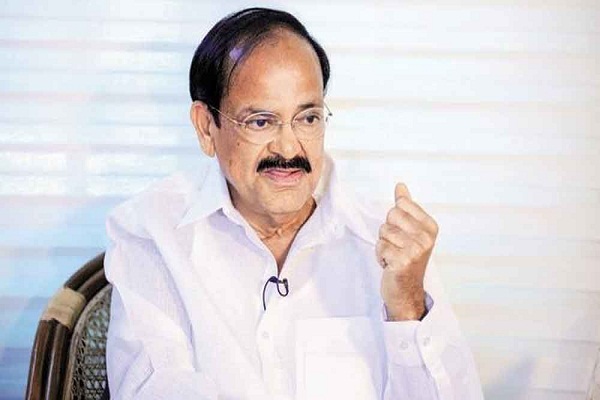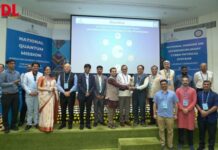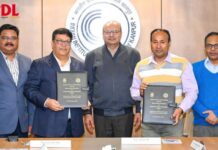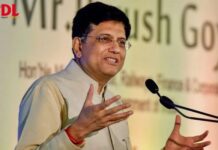
Primary education in the mother tongue can boost children’s self-esteem and creativity and is expected to become the primary language of instruction until at least fifth grade, said Vice President Venkaiah Naidu.
Raising a child in a language that is not spoken at home can be a major barrier to learning, especially at the primary level, he said during the opening session of a webinar organized by the Ministry of Education and the Ministry of Culture. .
Referring to various studies, Naidu said that teaching his mother tongue in the early stages of education can boost a child’s self-esteem and stimulate creativity, according to an official press release. He called the new education policy a visionary and forward-thinking document and encouraged its implementation in letter and spirit. The vice president focused on five key areas to promote the use of the mother tongue.
In addition to the emphasis on the use of the mother tongue in primary education, other areas are the use of national languages in administration, judicial processes and the issuance of judgments in these areas. He also wants a gradual increase in the use of indigenous languages in higher education and technical education, and emphasizes that everyone should proudly and preferentially use their mother tongue at home.
Also read: ConveGenius acquires Gray Matters India to boost adaptive learning platform
Naidu underscored the importance of the mother tongue for governance and recommended increasing it, especially at the state and local level.
He advocated for an inclusive governance model, saying: “Only when we communicate with the common person in a language they understand, can we involve them in the governance and development process.
Naidu suggested that language inclusion should also take place at higher levels, citing the case of Rajya Sabha, who predicted that its members would be able to speak one of the 22 intended languages.
Naidu posted the tweets in Telugu, Tamil, Hindi, Gujarati, Kashmiri, Konkani, Marathi, Odia, Urdu, Malayalam, Kannada, Odia, Punjabi, Nepal, Assamese, Bengali, Manipuri, Bodo, Santhali, Maithli, Dogri, and Sanskrit.





















